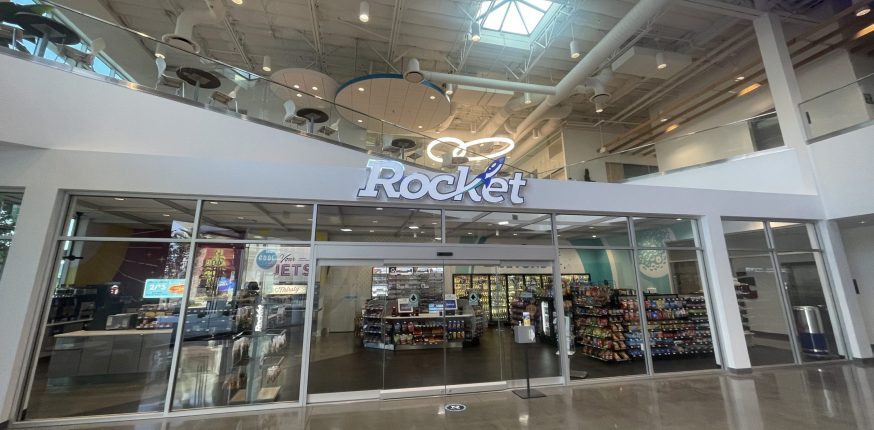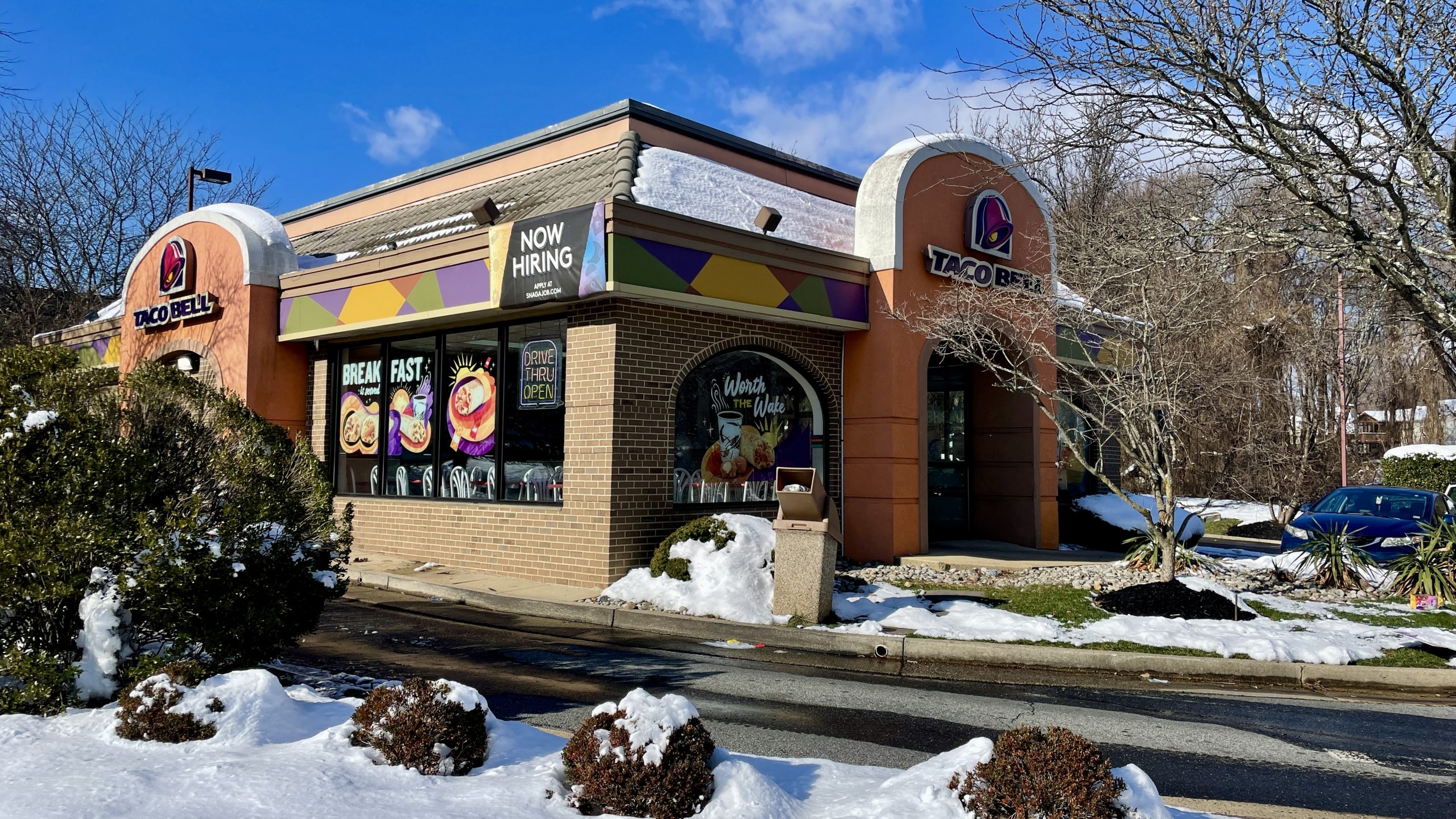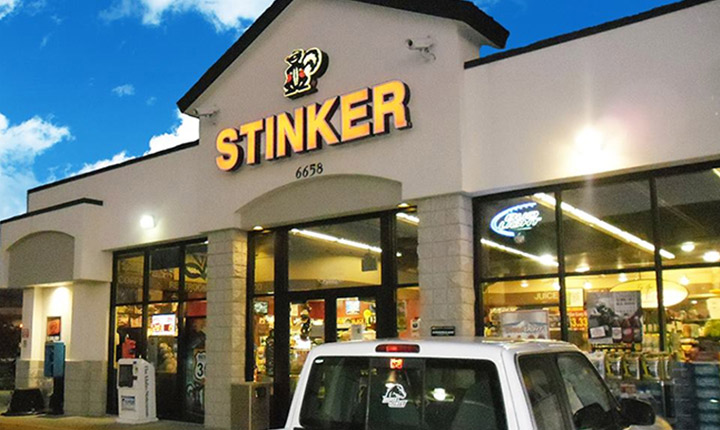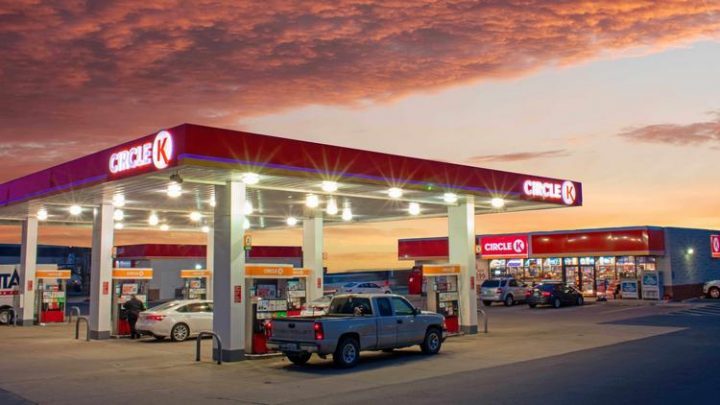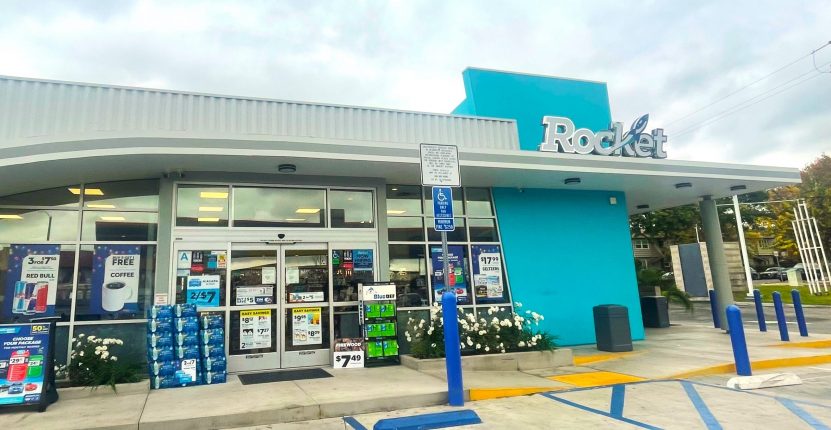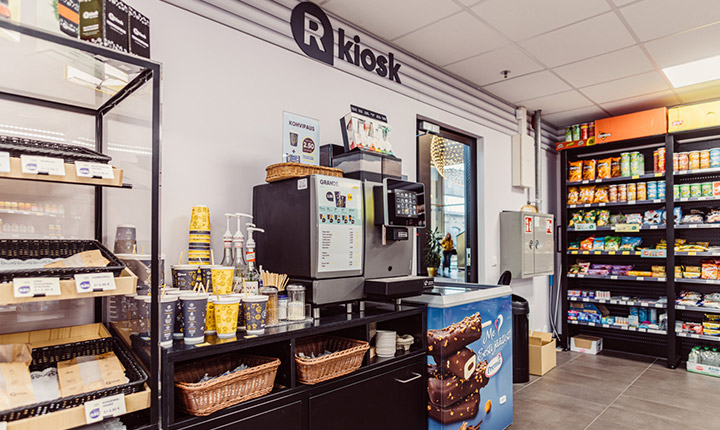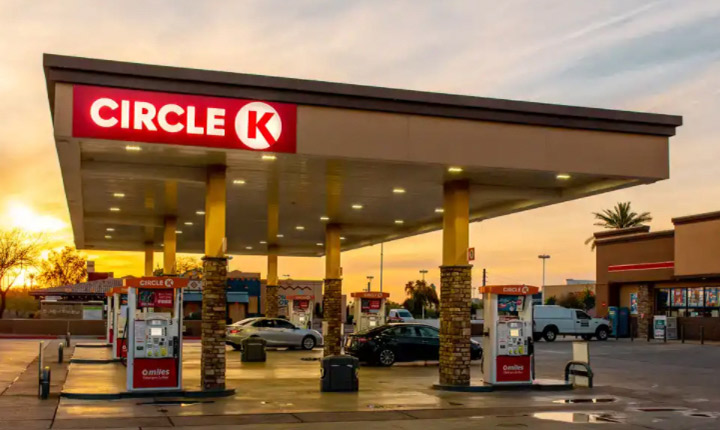In case you missed it, Amazon this month announced a milestone that blows many loyalty programmes out of the water. Not only with its sheer membership numbers, but Amazon Prime, described as the ‘epicenter of the Amazon ecosystem’ actually CHARGES $99 per person for membership – and 100 million people are perfectly happy to do so!
As a business strategy, charging customers to be members of your loyalty programme is an idea most senior businesspeople would have scorned until recently – and yet in this age of disruption, sometimes it’s the wacky ideas that win – especially when the result is $10bn in recurring revenue.
In the spirit of challenging ourselves (and you our readers) to build loyalty programmes that deliver true commercial benefits, in this article we’re considering whether an opportunity exists in our industry to build a loyalty programme so compelling that customers are ready and willing to pay to join. It means completely flipping the model that most loyalty programmes operate – challenging that thinking – as we should from time to time.
The idea is certainly controversial, but there is evidence that this model is an option people want – particularly younger demographics such as millennials. In this report, 75% of those researched said they would consider paying fees to join a loyalty programme, with 61% of them believing they will earn greater rewards as a result.

Like any loyalty strategy, there are a number of success principles which must be incorporated in to the programme design – and these become even more critical in a fee-based programme.
Loyalty Programme Success Principles:
- They must trust the brand.
- The programme benefits must be relevant to them.
- The programme benefits must be clear and consistently communicated. They need to know ‘what’s it in for me?‘!
With these in mind, we’ve brainstormed a number of concepts or ideas which either separately or together could form the pillars of a subscription-based loyalty programme in the convenience sector.

1: Guaranteed Value:
In the same way that Amazon promises ‘Fast, free delivery on over 100 million items’, the single most compelling message to communicate is how much value is guaranteed. If you’re charging a subscription fee of (say) $5 a month, can you offer them a richer reward such as $10 worth of value guaranteed? Perhaps it’s a fixed monthly gift of coffee and cake, or perhaps it’s a flexible store gift voucher for them to use on their daily coffee, lunch or dinner? With their committed monthly spend and a simple clear message around guaranteed value, a subscription model will ensure your customers form a habit of coming to your store on a regular basis to use the vouchers they’re ‘entitled’ to.
And it can also be set up to drive loyalty for specific products or services. For example, if your focus is to drive more car wash customers, you can offer a subscription plan where you can use the service a certain number of times during a monthly period (e.g. once a week), but at better value for the customer than if they were to pay the ‘single-use’ rate each time. Rewarding their loyalty with your loyalty. You could even consider offering unlimited use of the same service for a higher fee, so whether they want it daily or weekly, they ONLY wash their car with you. And they’re delighted to feel they’re getting a great deal.
The same concept can apply for categories such as coffee with higher frequency rules depending on the profile of your customers (e.g. 2 or 3 times a day). The ideal model can be developed based on data analysis of your customers behaviour to see how it can be targeted for growth. Once customers subscribe to the ‘coffee plan’ or ‘lunch club’ in your app, it becomes a true subscription plan that is auto-renewed every month until they actively upgrade, downgrade or cancel the plan.
The key success factor to acquiring members to a subscription-based programme will depend on what value you can commit to and communicate. And the quality of your data will be multiplied!
2. Content Value
Few brands have the same budget as Amazon – for example the $1bn price tag committed to producing ‘Lord of the Rings’, but the value of content really depends on who’s consuming it. We see vast amounts of news and information daily from multiple sources, however so much of it is not relevant in our day-to-day lives. One gap in the information world in many markets is effective distribution of local news.
As convenience stores target footfall from their local community, a fee-based community-based loyalty programme could position itself as a centralised platform for local services – showing relevant news from schools, social activities, or exclusive great deals in local restaurants or beauty salons who don’t have the time or marketing power to communicate directly. What if YOUR app was the source of ALL the local news and offers in a wide catchment area – not just your own?
3. Service Benefits:
We all know the critical importance of time and convenience to every customer but what if fee-paying subscribers had access to a ‘priority’ till to skip the queue on their visit to your store? Operationally challenging perhaps, but Ryanair successfully created this product in the airline industry, and saw a 12% increase in those revenues again in 2017, proving that people will pay for service and for the time they save.
4. Exclusive Offers from Trusted Brands:
As digital communications become increasingly expensive, manufacturing brands need access to consumers in the channel that’s closest to them. Convenience retailers are perfectly positioned to promote brands to customers. These brands can be charged both marketing and management fees, allowing product offerings to be sourced, managed and marketed to members all year round.
5. Competitions:
Although a ‘chance to win’ is not strong enough alone to justify a subscription fee, the idea of winning ‘fuel for a year’ or ‘your lunch for a year’ does capture customer imagination and drive app openings. With rules that require you customers to open your app daily to enter, their relationship builds with your brand – driven by the excitement and sense of possibility that such prizes can offer!

Challenges:
Acquiring loyalty programme members is already challenging, so there is no doubt that adding a subscription fee in to the mix will raise some eyebrows both at board level and at your point of sale with customers. Factors such as the demographics of your store location will be significant. Amazon itself saw most of it’s early success in high income households over $150k per annum until it enhanced it’s relevance to lower-income groups by offering low fee levels to certain groups in receipt of government aid.
Alibaba.com also recently announced a new and improved loyalty programme and opted not to follow the Amazon Prime model – saying Chinese customers ‘prefer free additional services dependent on previously-made purchases.’ Their new programme rewards members not just for purchases, but also other useful behaviours such as engagement across social media platforms – proving the importance of researching local preferences before implementing any loyalty strategy.
In some markets, they’ve chosen a ‘freemium’ model – combining the immediate benefits of free membership with the opportunity to upsell members to more exclusive benefit-laden tiers.
This paragraph from Business of Fashion summarises it perfectly:
Loyalty simply means you’ve managed to put a card in the customer’s wallet. Paid membership means you’ve secured a place in the customer’s heart. Membership — even for a small fee — forms a sense of exclusivity and transforms the customer experience in a way that traditional loyalty programmes simply cannot. Getting a customer to lay down a membership fee forms an entirely new degree of mutual commitment. Even a small sunk cost will make a customer implicitly more engaged with a brand.
Clearly the lifetime value of a paying subscriber is an appealing strategy for business owners, with revenue forecasts more balanced and predictable over time, so it remains to be seen whether convenience retailers can create the same ‘carefully curated ecosystem of value, service and content’ to convince enough customers to sign up and pay for the privilege. Plenty of influential commentators including The Economist are predicting ‘a giant boom in subscription businesses’ so perhaps now’s the time for our industry to challenge itself to creating an exceptional subscription-based programme in the style that Amazon Prime has proven to be possible.
About Us:
Liquid Barcodes is a leading global loyalty and digital marketing technology company specialized for the convenience store and foodservice industries. Our proprietary cloud-based technology platform allow retailers to create and manage their digital marketing campaigns with a proprietary process we call the “customer connection cycle’ to engage, promote and reward customers activities in real-time across digital and media channels.
How we do it:
We have developed the most advanced loyalty and digital marketing technology platform specifically for convenience store and foodservice retailers globally.
Retailers use our self-service dashboard to create and manage loyalty driven marketing campaigns that increase purchases with their existing customers, as well as effectively target and acquire new customers through partners or paid media channels.
One core component of live loyalty is gamification. We have gamified branding, loyalty and promotions. We believe this approach is essential in order to get customers’ attention and ultimately truly engage them with repeatable actions thereby winning their loyalty.
Check out some of our exciting/proven results here:
About Me:
Chief Content Officer, Liquid Barcodes and Independent Loyalty Consultant.
With over twenty-five years marketing experience, I specialise in loyalty marketing consulting, managing consumer loyalty propositions, strategy and operations. In addition to working with Liquid Barcodes, my clients have included Telefonica O2, Three Mobile, Electric Ireland, Allied Irish Bank and The Entertainer, as well as Avios – the global points currency for some of the world’s top airlines. I am also a judge for the Loyalty Magazine Awards.
—————————————————————————————–


